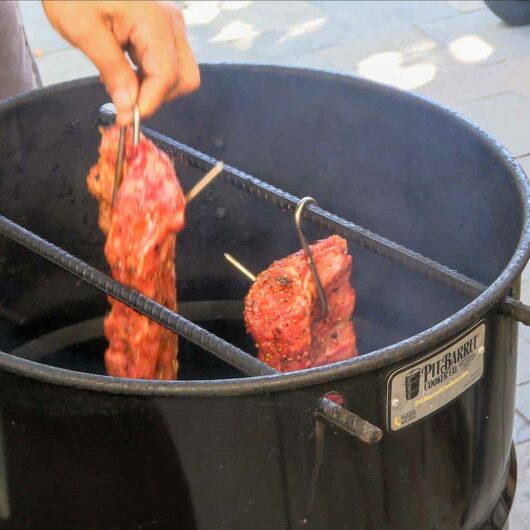There are very few backyard meals better than a rack of ribs fresh off the smoker—and combined with a one-of-a-kind BBQ rub and sauce, they’ll easily knock the socks off even the biggest food critics. But how do you go about taking this famous meal to the next level? Ballistic BBQ’s Greg Mrvich has the answer with his tantalizing Asian ribs recipe.
Before you fire up the smoker, why not read up on the ingredients used to make this Asian-inspired recipe? You’re sure to dazzle guests during your next backyard get-together with both your mouthwatering Asian ribs and knowledge of some ingredients they might not be too familiar with.
Breakdown of Asian-Inspired Ingredients
For this cook, Mrvich reaches into influences from China, Korea, and Japan to really give it a distinct flavor.
After trimming the ribs, he grabs his Chinese fried chili oil and starts lathering a healthy dose of it over the racks to add a nice layer of heat. He focuses on the oil for its flavor-binding quality but allows a few chilis to be rubbed on to add a little extra kick.
Tapping into the concept of “umami”—or savoriness, one of the five basic tastes in Japanese culture—he uses Togarashi Japanese seasoning and Chinese Five-spice for his BBQ rub. Togarashi Japanese seasoning is a blend of nori (little bits of seaweed), bonito flakes (smoked fish, which taste more smoky than fishy), and a combination of toasted sesame seeds, pepper, and salt. And Chinese Five-spice adds a unique, recognizable flavor and smell—if you’ve ever had roasted duck or pig from an authentic Chinese restaurant, you’ll identify it right away.
Just like the rub, the BBQ sauce for Mrvich’s Asian ribs recipe is all over the place for influence. He kicks off this part of the cook with some Asian plum sauce—a Chinese dipping sauce often served with wontons that adds a subtle, yet sweet, plum flavor. The sauce is then followed up by a quick pour of sake, specifically Ginjo, which is a dry sake with a note of melon that pairs well with pork. What makes Ginjo sake so unique comes in the brewing process—after polishing (or the removal of the top layers of grain), only 60% of the original rice remains, resulting in a smoother pour and taste. Finally, Mrvich drops in a tablespoon of Gochujang, a Korean fermented chili paste which has a nice blend of that fermented flavor, spiciness, and sweetness.




